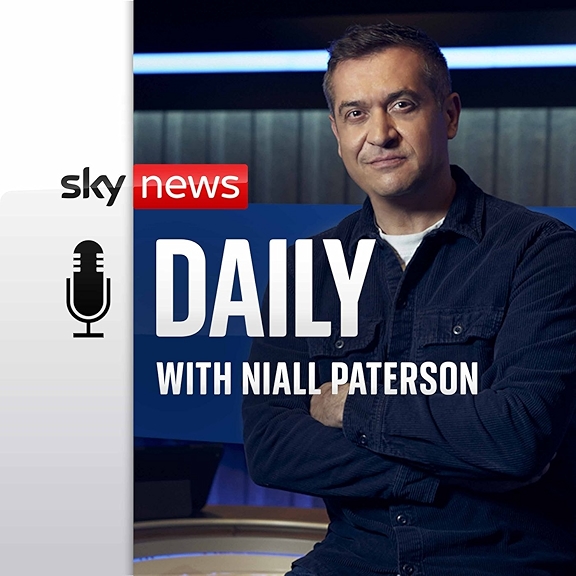
The J Word 5.2: Digital News, Social Influences
Despite its digitization, journalism – hopefully – hasn’t lost its, what we will call, socialness. From covering issues related to #MeToo to navigating how to appear on and use social media to connecting audiences with the creation of content, this episode’s guests help us complicate and unpack the social roles of journalism in a digital age. Stine Eckert at Wayne State University in the U.S. discusses the differences in how college student journalists focused on the explanations of and connections to larger, structural issues influencing sexual assault and violence at universities while local, mainstream media tended to highlight details of the cases and maybe not the larger social influences at play.
Also related to the “social,” Vaios Papanagnou at the American College of Greece helps connect some of these explanations of coverage to the roles and values of today’s “networked” journalist, albeit from a U.K. perspective. And also with us, recorded separately, is Diana Álvarez-Macías at Instituto Tecnológico Autónomo de México who outlines a unique form of journalistic (and social) innovation at news outlets in her country that applied social research into influencing their coverage of elections, policy, and daily life. Our interview with Diana is dual-language, with translation by Laura Gomez. This interview is also featured on its own, fully in Spanish, in a bonus episode.
Text Featured in this Episode:
Produced and hosted by Robert (Ted) Gutsche, Jr.
Give feedback to the podcast on Twitter @JournPractice or email jwordpodcast@gmail.com




















